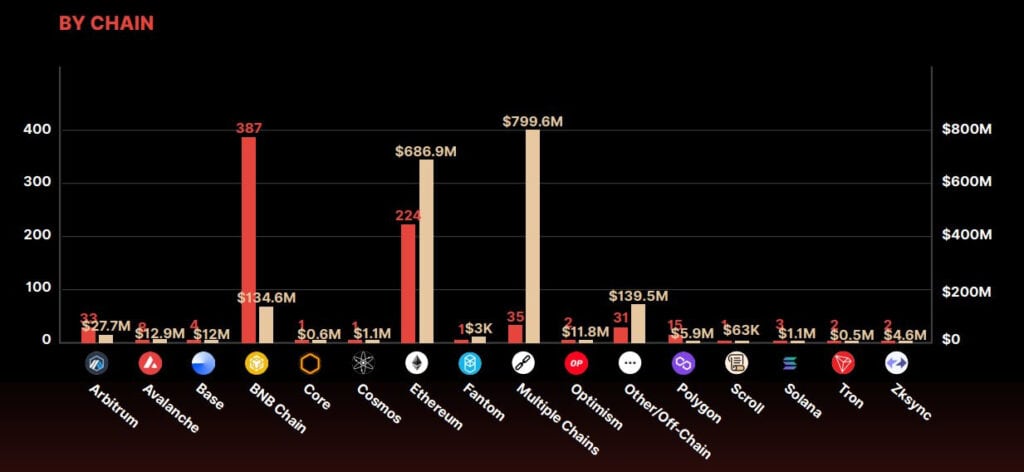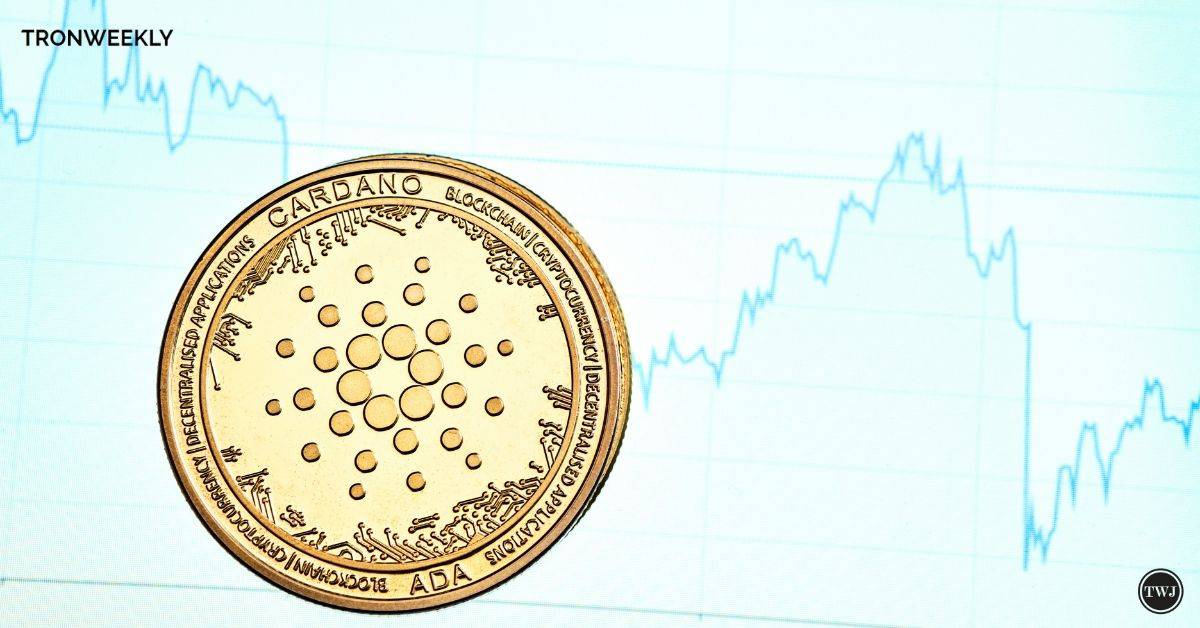Arthur Hayes, the co-founder of BitMEX, recently triggered an X (Twitter) storm with the ADA community about decentralized applications (dApps) on Cardano’s blockchain. In his X post, he criticized ADA advocates for failing to create any meaningful dApps on Cardano and called ADA “dog shit” while asking Cardano’s co-founder Charles Hoskinson for some education.
The post got an impulsive response from various members of the crypto field. In reply, market expert Dan Gambardello, Founder of Crypto Capital Venture, points out that it is not just enough to judge the network on the basis of trust but a proper grasp of its technical fundamentals.
Gambardello accentuated its native liquid staking system, which sits within its Ouroboros protocol, allowing ADA holders to stake without locking their funds for some definite time while displaying innovativeness and security features. He also said that unlike some protocols calling for additional dApps like Lido Finance, Cardano’s architecture accommodates them naturally, attracting value investors focusing on safety and stability.
Another member entered into the discussion, stressing that it was necessary to evaluate digital currencies through their technicalities rather than hype or price fluctuations. He observed that Cardano had a vibrant grassroots ecosystem in contrast to what one would have typically expected from other cryptocurrency projects of its kind since it has been making real technological progress. On the other hand, he disputed Hayes’ pessimism by stating that the real value of the network is in its solid infrastructure and capacity to develop a decentralized applications environment.
Insights Into Cardano’s Consensus Mechanism
Meanwhile, Cardano YODA, perusing the subtleties of blockchain consensus mechanisms, went into the safety and liveness of network operations. According to his X post, the comparison with other forms of consensus models like Solana and Ripple revolved around trade-offs between safety, liveliness, and transaction finality, which demonstrate the network’s bias towards liveness rather than safety.
Explaining safety and liveness in consensus algorithms, Cardano YODA showed how transaction finality is guaranteed by Ouroboros through a probabilistic mechanism that balances security needs with ongoing network operation requirements. Also, this highlights the resilience of Cardano against attempts to hack its blockchain by citing a security report from CERTIK that demonstrates the project’s strength compared to its peers in terms of total value locked (TVL).

Nevertheless, Cardano’s reputation as a secure and modern technology platform still stood unscathed throughout this discussion. Its proponents have pointed out that it was distinguished by uniqueness and had innovative technology. The community continued to believe in the future and the network’s value proposition to the world of fast-evolving cryptography despite the dApp adoption phase leading to criticism.

